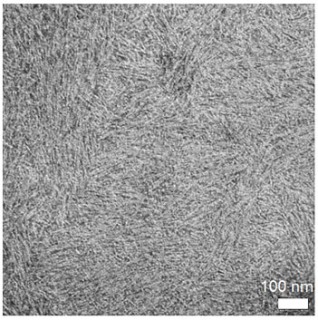Jun 2 2015
Modern microscopes use in-built magnification scales for routine calibration. However, recent advances in high-resolution technologies and a clear shift towards more automated systems challenge the accuracy of such scales for quantitative measurements.
 Single nanometre spacings
Single nanometre spacings
Demand for traceability, which accompanies improved technologies, is driving the need for standard specimens or materials that can precisely assess imaging and instrument performance from the scale of optical and super-resolution imaging to high-resolution and cryo-electron microscopes.
The challenge is to provide a material with nanoscale features repeated over microscopic length scales. Near-crystalline protein nanostructures assembled from geometrically consistent building blocks can offer this property.
A team from NPL has recently engineered a microscopic specimen exhibiting single-nanometre spacings (as shown in the image). These properties make the material, described in the journal Nanoscale, an ideal candidate for a calibration standard.
Emiliana De Santis, who is developing the standard in NPL's Biotechnology Group, said: "Our ability to exploit self-assembly processes allows us to enable and impact on applications where precision and reproducibility of measurements are critical."
The technology is being taken to industry to address market needs for calibration standards. The market is currently dominated by inorganic, hard materials, while the demand for soft matter applications and products is steadily increasing.
EM Resolutions Ltd, who are co-developing the standard, commented: "A new reliable biological standard is particularly attractive to the electron microscopy community as it has the potential to offer a cost effective solution for high-resolution imaging."